I am building a USB hub circuit, which, because of the 120uF capacitance requirements on upstream USB ports, means that I need to charge those large capacitors in my circuit. However, my hub will be bus-powered over USB-C, which I believe means I need to be careful of the USB spec's inrush current requirements. Many discrete current limited switches I've seen have a "hot-start" function for this purpose, but most don't have the capability to pass 3A of current like I need in my application.
No problem- just build the switch out of discretes. I came up with this pretty simple circuit in Falstad circuit simulator. Operation is pretty simple- the 1uF capacitor is charged through the resistor until the voltage across it (which is Vgs) reaches the threshold voltage, the P-Channel MOSFET starts conducting in the saturation region, where the Rdson limits the current. Then as the Vgs continues to increase the switch turns fully on.
I know that operating a MOSFET in the saturation region is a nice way to release the magic smoke through P=I^2R heating, but how long is too long? Looking at the datasheet of, for example, the AO3401A, does Figure 10 say that it is okay to dissipate ~10W for a 10ms pulse? If so, I imagine it would be okay, since, according to the "Power consumed" graph in Falstad, the peak power consumption is 1.7W and the whole inrush event lasts for less than 5ms.
Also, though I think it goes without saying- am I missing something that can't show up in the simulator, but will ruin my day in the real world?



